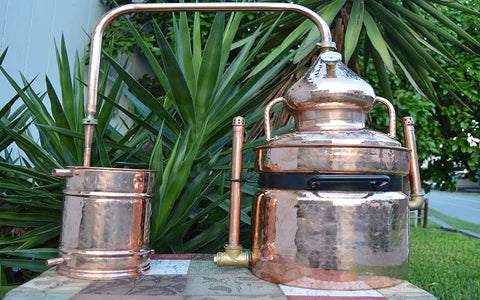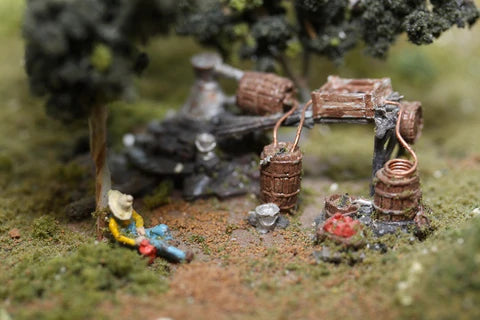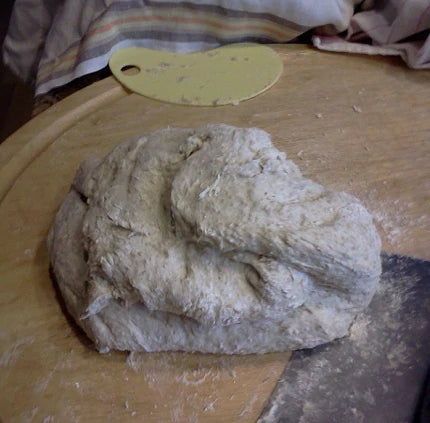There are several designs of high quality stills used since ancient times. Depending on your needs and your final product, a Bain-Marie still - also called a “double boiler” or a “water bath” - might be the answer.
The ancient design of the Bain-Marie still uses the method of insulating the product that is being distilled by heating it through a layer of water. As the water heats, it will create steam, and the heat is applied to the distilling substance slowly and indirectly.
General info on the Bain-Marie method
The Bain-Marie double-boiler design is used in cooking foods and sauces, as well as in distilling. There are many Bain-Marie method kitchen items. Chefs generally use water baths to melt chocolate or cheese, and double-boilers are commonly used to maintain the temperature of heated foods.
Literally translated, “Bain-Marie” means “Mary’s bath.” Although scholars debate which Mary the design is named for, they generally accept that this bath technique is superior for certain types of distilling. It was used for centuries to slowly melt metals during experiments in alchemy.
What does a Bain-Marie still look like?
The large pot of a Bain-Marie still is filled with water in its larger chamber. The Bain-Marie still design has an interior pot chamber that sits at the top of the large pot and is somewhat submerged in the water. The water’s insulation causes the mixture in the interior pot to heat slowly, and generally very evenly, which prevents the materials from scorching.

The "double-boiler" or "water bath" design prevents direct heat
How to use a Bain Marie still
Depending on what you are distilling, the Bain Marie’s double-boiler design can be the most efficient. You can use a Bain-Marie to distill anything, but most commonly, the design is best for refined spirits, grappas, and essential oils.
The substance you’re distilling also has a different name depending on what ingredients you use and your desired final product - it is called “mash” in the case of spirits, “marc” in the case of grappas, or “botanicals” in the case of essential oils.
After filling the large chamber of the pot of a Bain-Marie still about 50% with water, place your mash, marc, or botanicals in the smaller interior chamber of the Bain-Marie still. Continue with the distillation process as you normally would.
In a Bain-Marie still, the interior chamber will be slowly heated as the heat is transferred from the copper still, through the boiling water and the steam it releases, and into the mash, marc, or botanicals.
Why use a Bain-Marie still?

A Bain-Marie can also be run continuously. Because of the double-boiler design, the still needs very little “down-time” to be cooled, emptied, cleaned, and begin the next run.
The water does not need to be replaced often. Steam is purified by the still’s copper, condenses and falls to the large pot, and is re-used in the boiler for multiple runs. However, if leaks occur from your mash, marc, or botanicals into your water, you will want to empty and thoroughly clean the still as much as possible.
Lastly, because of the reflux and natural refining of the distillate you produce, you may have fewer cuts to make if you are distilling moonshine, whiskey, or some other spirit. The “heads” and the “tails” of your run will be a lower percentage of your product and may be cut from your run entirely.
Bain-Marie still designs are one of the most classic, easiest-to-use, and convenient. They are not necessarily for the faint of heart, as they are serious pieces of equipment, but their premium design and advanced features are unbeatable for certain distilled products.
Article by: Jim Thomas
Image credit: Wikipedia



